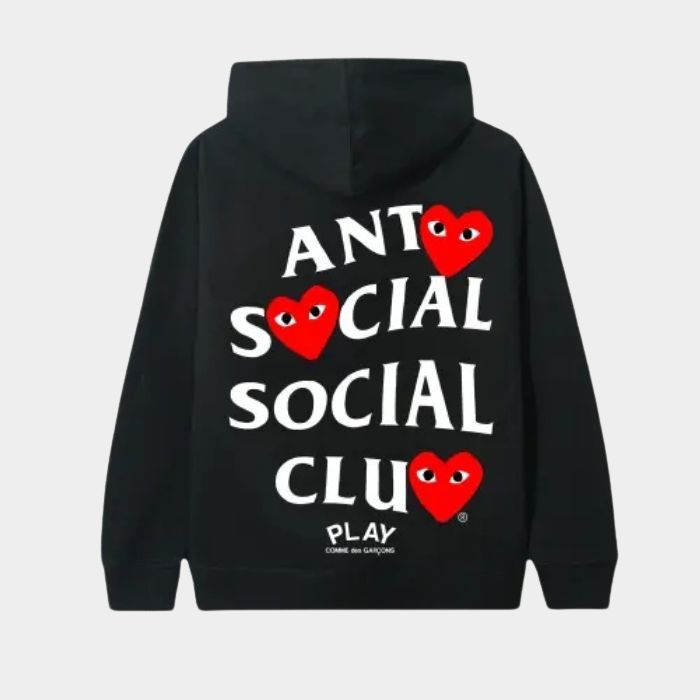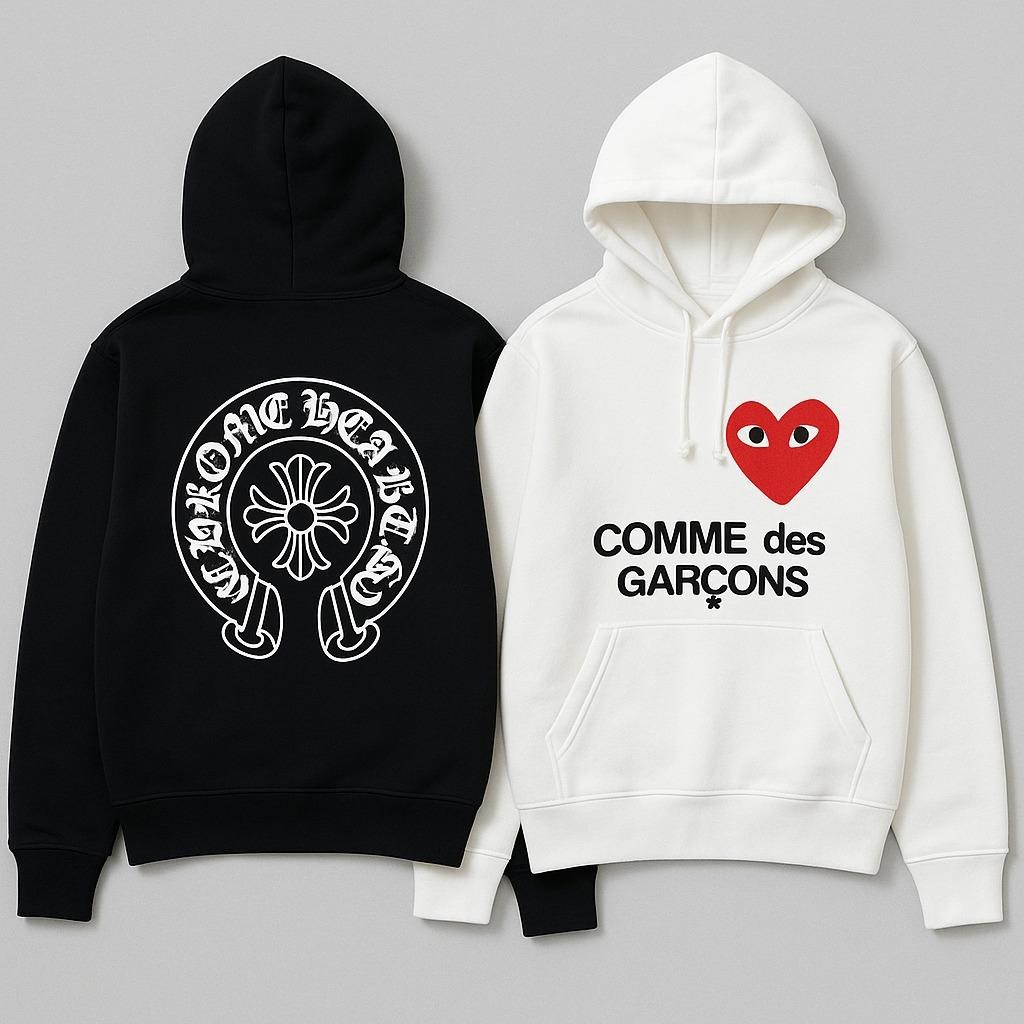Comme Des Garcons: Defining Modern Streetwear
Streetwear has always thrived on disruption, and few brands embody disruption like Comme Des Garçons. What began as an avant-garde experiment in Tokyo has evolved into a global language—one that bridges runway theatrics with everyday wear. Modern streetwear’s foundations—irony, deconstruction, and individuality—owe more to Rei Kawakubo’s legacy than most would admit. At its core, Comme transformed the hoodie-and-sneaker game into a dialogue about art, culture, and identity.
Rei Kawakubo’s Disruptive Vision
Rei Kawakubo has never played by the rules. Since launching Comme Des Garçons in the late ’60s, her work has been a direct challenge to traditional notions of beauty. Clothes were misshapen, torn, padded, or abstract. Critics often described her collections as ugly, only for those same pieces to become icons years later. In many ways, this rejection of convention mirrors what streetwear itself represents: a refusal to conform, a celebration of defiance, and an embrace of the unconventional.
From Runway to Sidewalk
High fashion and streetwear once lived on opposite ends of the spectrum. But Comme blurred those lines early. Its raw aesthetic—distressed fabrics, oversized silhouettes, genderless fits—spoke directly to the streets. What seemed radical on the runway felt natural on the sidewalk. This crossover showed that avant-garde fashion didn’t need to be exclusive; it could thrive in skate parks, music venues, and late-night city streets. Comme carved a lane where art and practicality intersected, creating a template for streetwear to follow.
The Power of Collaborations
If there’s one move that cemented Comme’s streetwear relevance, it’s collaborations. The Converse Chuck Taylor collab became an instant icon, turning a decades-old sneaker into a modern staple. Then came partnerships with Nike, Supreme, and even mainstream retailers—proof that Kawakubo understood how to democratize avant-garde design. These collaborations didn’t dilute Comme’s vision; they amplified it, bringing high-concept fashion into wardrobes that once might’ve felt shut out from runway culture.
The Heart Logo Phenomenon
Play Comme Des Garçons, with its now-famous heart-with-eyes logo, became a global sensation. Minimal, playful, and instantly recognizable, it carried a different kind of accessibility. The logo tees and Comme Des Garçons sneakers turned into a gateway for newcomers, an entry point into the larger Comme universe. It’s rare for avant-garde houses to embrace such iconic branding, but Kawakubo’s team managed to make the logo cool without cheapening the brand. It became proof that even the most experimental designers can thrive in pop culture.
Streetwear’s Obsession with Deconstruction
Deconstruction isn’t just a trend—it’s Comme’s DNA. From jackets pulled apart and reassembled to shirts with asymmetrical cuts, the brand taught a generation that imperfection could be intentional. Today, deconstruction sits at the heart of streetwear, influencing designers like Virgil Abloh and Demna Gvasalia. Ripped seams, raw hems, layered fragments—all echo Comme’s original philosophy. It’s not about polish; it’s about attitude. And that attitude has become the backbone of contemporary streetwear.
Cult Following and Cultural Capital
Comme Des Garçons is more than clothing; it’s cultural currency. Fans don’t just wear it—they subscribe to its philosophy of defiance. The brand resonates with those who see themselves outside the mainstream, people who prefer questioning norms rather than following them. Whether it’s downtown creatives in New York, skaters in London, or musicians in Tokyo, Comme provides a badge of belonging. In streetwear, that kind of authenticity matters far more than seasonal trends.
The Legacy in 2025 and Beyond
In 2025, Comme Des Garçons continues to hold its place as one of the most important forces in streetwear. Not because it chases hype, but because it refuses to. Kawakubo’s refusal to play by fashion’s rules is exactly what keeps Comme relevant to new generations. Collaborations evolve, silhouettes shift, but the spirit of disruption remains the same. As long as streetwear values individuality and rebellion, Comme Des Garçons will remain one of its defining pillars.












